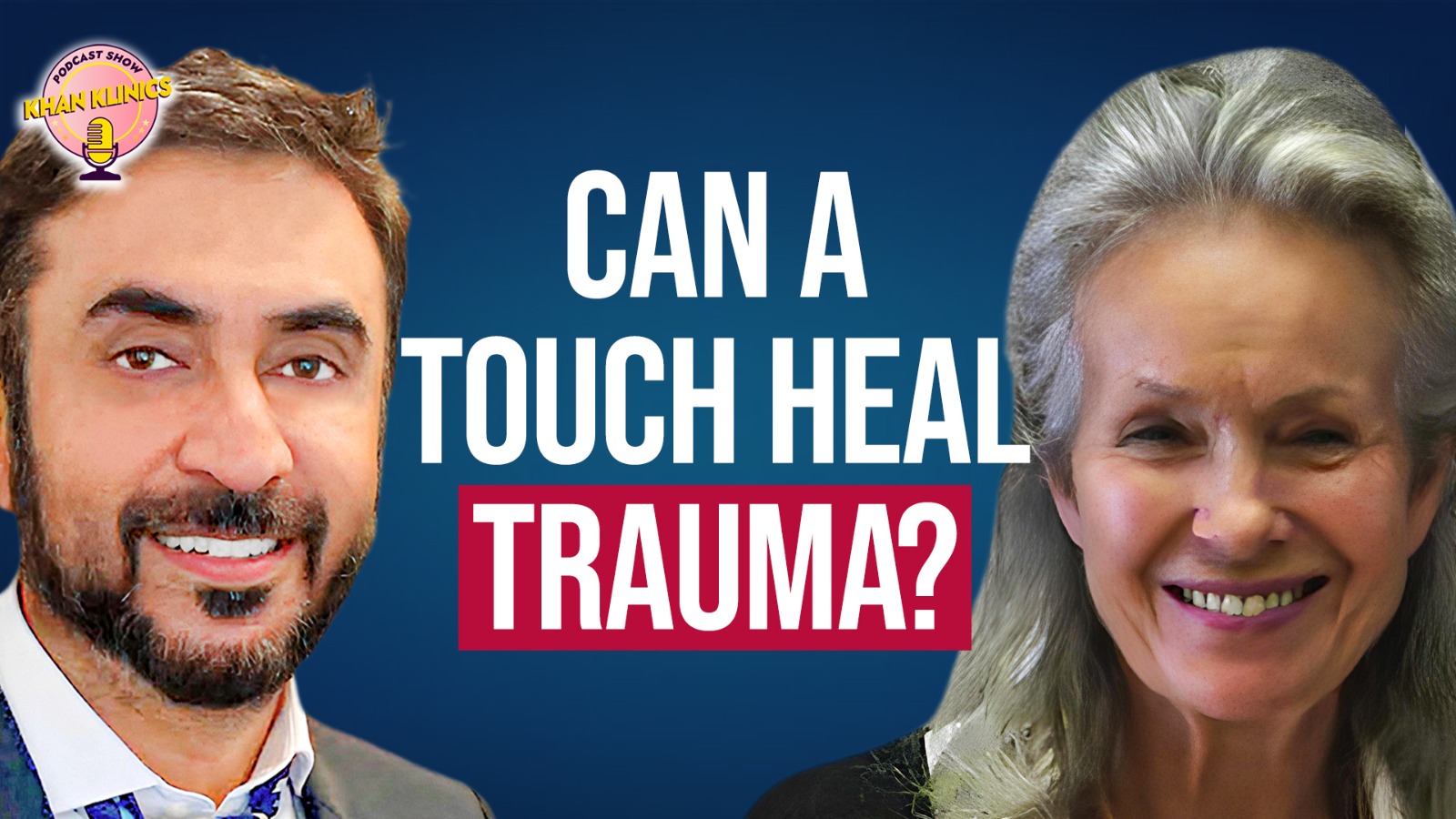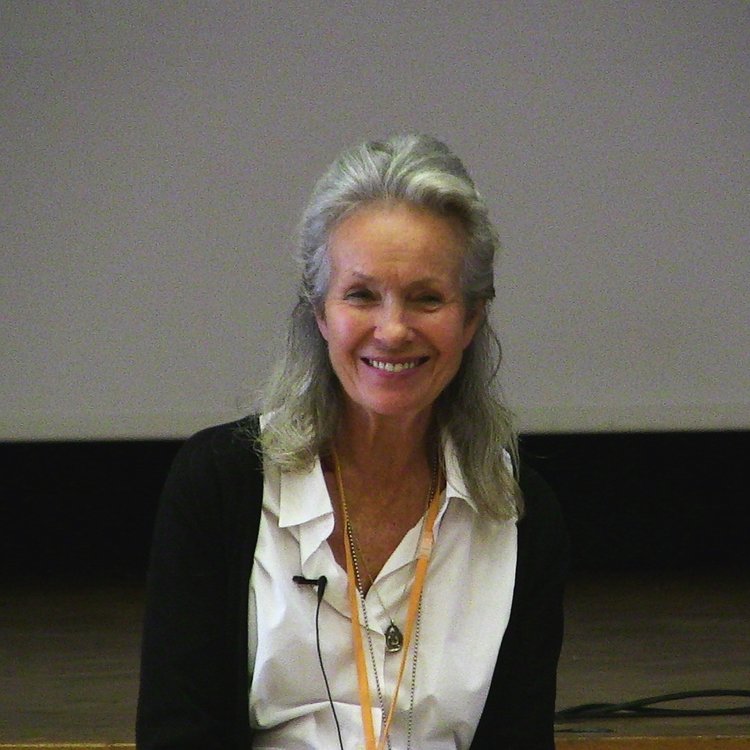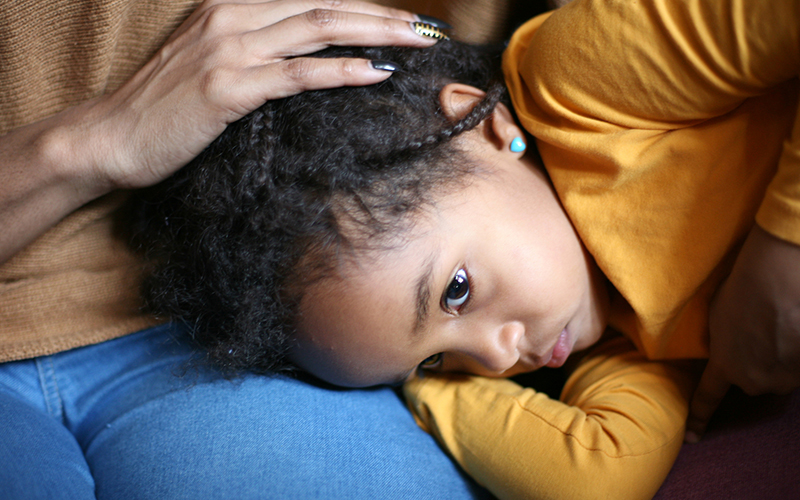After the Flood: How Somatic Experiencing Is Changing the Trauma Recovery Game
Floods tore through towns across America, but it’s the silent trauma in children that’s drowning beneath the surface

On a recent health podcast of Khan Klinics powered by American Muslim Today, Dr. Amir Khan spoke with trauma specialist and Somatic Experiencing (SE®) Practitioner Giselle Genillard, whose experience spans disaster zones, labour rooms, and therapy spaces. Her message? Healing isn’t just possible—it’s something the body already knows how to do.
What Is Somatic Experiencing?
Somatic Experiencing (SE®), developed by Dr. Peter Levine, is a body-oriented approach to trauma. Instead of retelling painful memories, SE® helps people notice their body’s signals and gently rebalance their nervous system.
“Trauma is not in the event,” Giselle explained, “trauma is in the body. It’s what happens when our capacity to cope is overwhelmed,” she added. Giselle emphasizes that in SE®, practitioners don’t need patients to relive their trauma through storytelling. Instead, they help them learn to notice how trauma shows up in the body—through tension, disconnection, or shutdown—and guide them back to safety.
From a Car Crash to a Calling
Giselle’s journey into this work was intensely personal. A seemingly minor car accident in 1999 unleashed unexpected and overwhelming symptoms for Giselle. Though physically unhurt, her nervous system spiraled into dysfunction. “I was a tough little cookie,” she recalled, “but I couldn’t figure out what was happening to me.”
Her turning point came when she attended a talk by Dr. Peter Levine in Santa Fe. What he said struck a chord so deep that she signed up for training on the spot. A quest for answers turned into a lifelong journey to share SE® globally.

Giselle Genillard
Disaster Response and Community Healing
When asked about the U.S. floods and their impact on children, Giselle recalled her fieldwork in disaster zones. “We didn’t do full somatic experiencing sessions in those settings. What we offered was stabilization—teaching simple tools that anyone could use in crisis,” she said.
In a touching story, she shared a moment on the London subway where she helped a young man having a breakdown. “I moved my hand instinctively and connected with him. He calmed down and said, ‘I really need to chill out, don’t I?’ Giselle answered that “Every person on this train needs to learn that!” That’s what these tools do. They help us reconnect.” These tools are simple and accessible, i-e, Slow down, Feel your feet on the ground, and Recall something or someone that gives you strength.
Trauma in Children vs. Adults
According to Giselle, the effects of trauma differ by age, especially in children. Infants and toddlers cannot fight, flee, or negotiate. Their only defense, when overwhelmed, is to shut down—a pattern that may become hardwired if not addressed.
“A baby who is hungry or scared can’t fight or flee. So it shuts down. This becomes a default pattern later in life,” Giselle explained. Such shutdowns, if not healed, shape adult responses to stress and adversity.
Her advice for parents? “Learn about the nervous system. Understand what your child’s body might be doing under stress. Support them in setting healthy boundaries, especially with things like social media.”
Simple Tools for Everyday Healing
So, how can we start to heal, especially when professional help isn’t immediately available? Giselle offers several grounded, accessible tools:
Slow Down – “Feel your boots on the ground,” she said. Slowing your nervous system begins with grounding in the present moment.
Tune into Safety – Think of a place, person, or memory that brings a sense of peace. “When we recall these,” she explained, “our body shifts from tension to expansion.”
Focus on What Feels Good – Even small moments of joy or comfort—like a kind word or a pet—can begin to rewire the brain’s trauma responses.
Reclaim Embodiment – Giselle encouraged people to trust the wisdom of their body again. “We’re designed to heal,” she says. “We just need to learn how to listen.”
Healing is Possible—For Everyone
Despite her global experience, Giselle remains deeply grounded. “I’m not famous,” she told Dr. Khan. “But I care. I’m not important—what matters are the people out there who need help.”
As flood-affected communities rebuild, her message is one of hope: healing is always possible. “You may feel like life has dealt you a rough hand, but don’t give up. Connect. There are many paths to recovery.”
Dr. Khan said that hope “In a world shaped by stress, trauma, and disconnection, healing doesn’t come from chasing a perfect past—it comes from our ability to feel, connect, and begin again.”
For a fresh, science-backed take on health and well-being, subscribe to Khan Klinics. Stay informed and empowered.
